
Creating a seamless experience for your product with multiple touch points across various platforms and media can be a great way to increase retention and customer lifetime value.
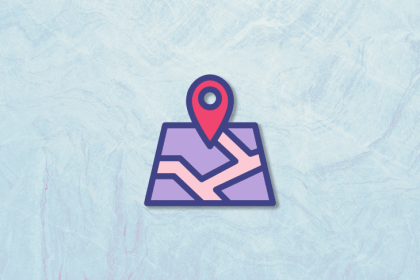
A service blueprint is a visualization of both the whole user journey and all the background processes that happen during the service.
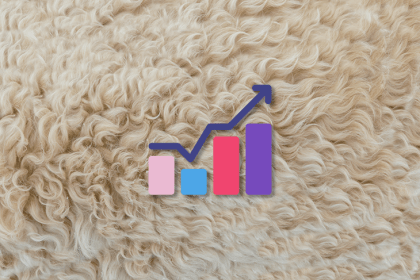
Customer analytics refers to the process of collecting data from various customer sources and analyzing it to understand customers’ behaviors, buying habits, and lifestyle preferences throughout the customer journey.
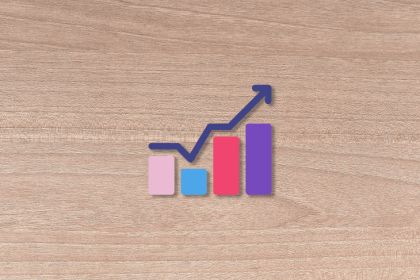
Conversion rate optimization is the process of improving the performance of a website, landing page, or app by increasing visitor action.
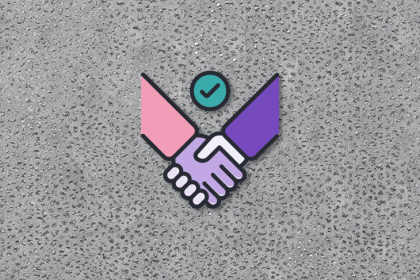
The goal of a service-level agreement is to maintain transparency between the provider and the client, ensuring consistent service quality and accountability.
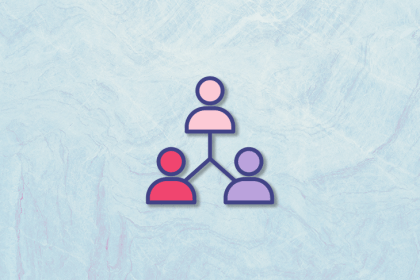
In this article, you will learn what behavioral segmentation is, the different types of segmentation, and how to improve your product.
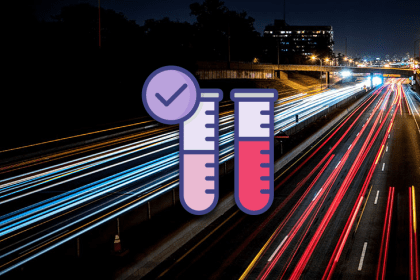
Because you get customer feedback from every incremental improvement made to the prototype, rapid prototyping gives a nice balance of efficiency, speed, and urgency.
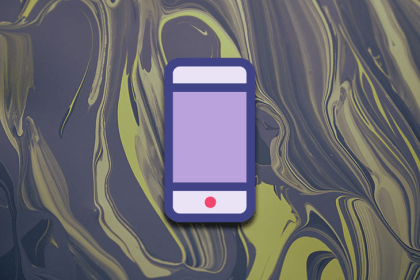
In this article, you will learn how to use push notification to reach users with relevant information to keep them returning to your product.

Digital products are everywhere, and managing them is no easy feat. Learn the ins and outs of digital product management, from skills to tools to challenges, in this high-level guide.
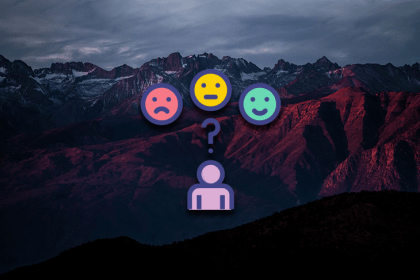
Successful products are built because someone used customer discovery first to understand market needs and pain points and develop their solution around them.
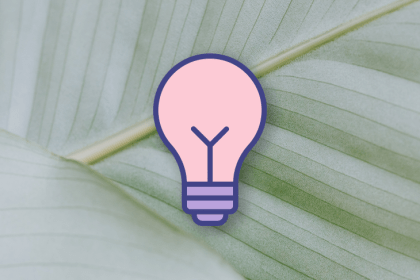
Unlock the secret to building products that users love. Learn how understanding how to identify and maximize aha moments can help you drive retention, virality, and conversion.
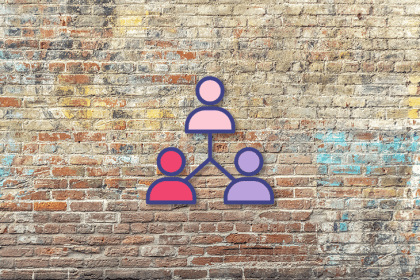
Learn how to craft user personas that improve your team’s ability to make important decisions throughout the product development lifecycle.